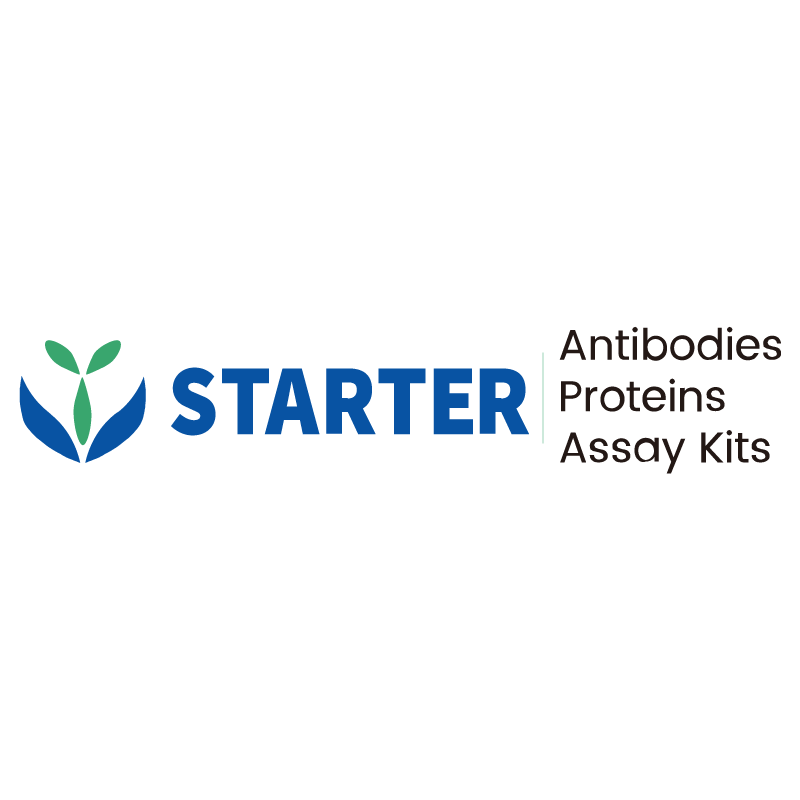Flow cytometric analysis of Human CD40 expression on human PBMC (human peripheral blood mononuclear cell). Human PBMC were stained with Brilliant Violet 421™ Mouse Anti-Human CD19 antibody and either Alexa Fluor® 700 Mouse IgG2b Isotype Control (Left panel) or SDT Alexa Fluor® 700 Mouse Anti-Human CD40 Antibody (Right panel) at 5 μl/test. Flow cytometry and data analysis were performed using BD FACSymphony™ A1 and FlowJo™software.
Product Details
Product Details
Product Specification
| Host | Mouse |
| Antigen | CD40 |
| Synonyms | Tumor necrosis factor receptor superfamily member 5; B-cell surface antigen CD40; Bp50; CD40L receptor; CDw40; TNFRSF5 |
| Location | Cell membrane |
| Accession | P25942 |
| Clone Number | S-R530 |
| Antibody Type | Mouse mAb |
| Isotype | IgG2b |
| Application | FCM |
| Reactivity | Hu |
| Positive Sample | Human PBMC |
| Purification | Protein A |
| Concentration | 0.2 mg/ml |
| Conjugation | Alexa Fluor® 700 |
| Physical Appearance | Liquid |
| Storage Buffer | PBS, 25% Glycerol, 1% BSA, 0.3% Proclin 300 |
| Stability & Storage | 12 months from date of receipt / reconstitution, 2 to 8 °C as supplied. |
Dilution
| application | dilution | species |
| FCM | 1.25μl per million cells in 100μl volume | Hu |
Background
CD40, also known as TNFRSF5 or Bp50, is a 48 kDa type I membrane glycoprotein belonging to the tumor necrosis factor receptor superfamily. It is widely expressed on various immune cells, including B cells, dendritic cells, and macrophages. The interaction between CD40 and its ligand, CD40L, is crucial for immune cell activation and regulation. Structurally, CD40 consists of a 62 amino acid cytoplasmic tail, a 22 amino acid transmembrane domain, and a 173 amino acid extracellular domain. This co-stimulatory protein plays a key role in B cell activation, proliferation, and differentiation, and is also involved in immune responses against infections and tumors. Due to its significant role in the immune system, CD40 has become an important therapeutic target, with various agonistic and antagonistic antibodies being developed to modulate its activity.
Picture
Picture
FC


